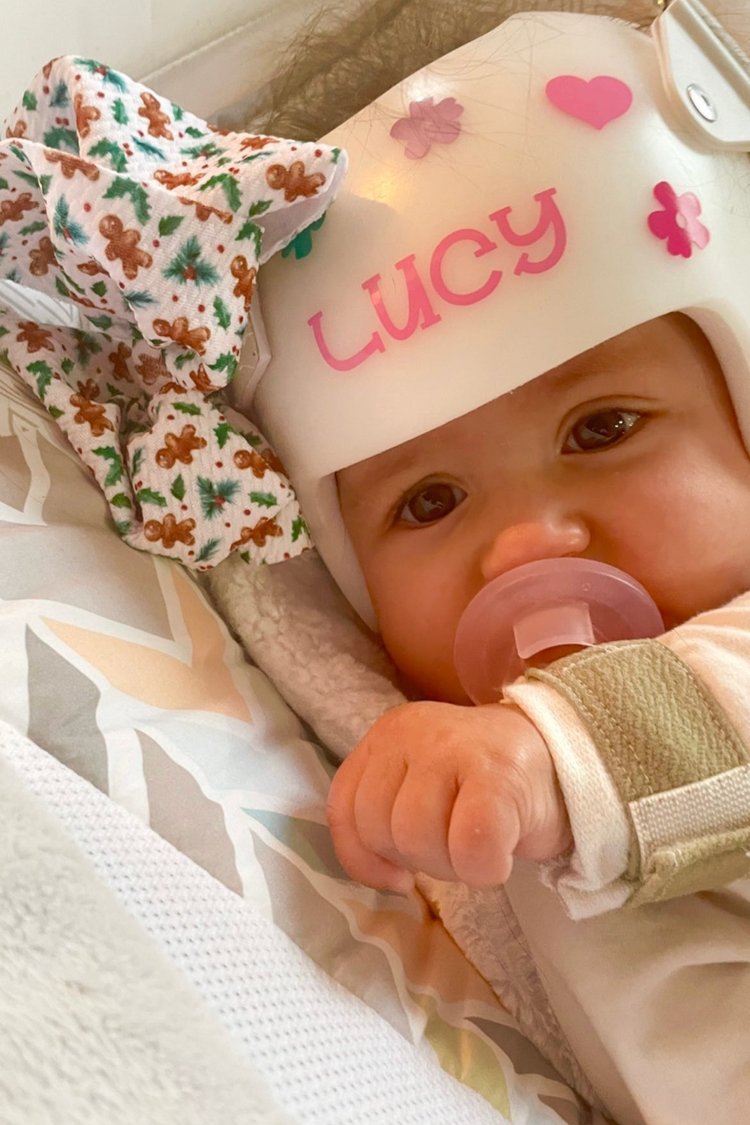
Sleep Training Part 2 - is it for you?
There are many options. No matter what choice you make always know you know your child best! It’s a privilege to be your baby’s comfort and safe place. Remembering what a precious gift and honor it is to care for a sweet baby makes the sleepless nights just a little bit easier. However, at some point, some of us, reach our wit’s end and are desperate for a full night’s sleep.
Sleep training your baby is the easiest way to get you and your babe the full night’s rest you need! However, I know this isn’t a decision to be taken lightly. Sleep training is the process of getting your baby to fall asleep on their own and self-soothe if they wake up. However, if your baby’s current method of soothing is for you to come in and feed or snuggle them it might be a difficult transition for them to do it on their own.
This means your baby will cry more than usual, which is gut-wrenching! It’s so hard to hear your little one cry when you know you can make it stop. The good news is that research says sleep training won’t have any long-term effects on your child.
A study done by Dr. Christina Korownyk, Associate Professor in the Department of Family Medicine at the University of Alberta in Edmonton, discovered, “Sleep training improves infant sleep problems, with no adverse effects reported after 5 years. Maternal mood scales also statistically significantly improved.”
If you are struggling with postpartum depression then sleep training might be a way to help you. When you get the rest you need you can be the best mom to your baby! Luckily, if you still feel uneasy about sleep training there is a multitude of sleep training options available which require little to no crying!
1. The first thing you can do before even implementing a sleep training plan is to get your baby an infant pacifier. Nonnutritive sucking is soothing to a baby and will help them to relax and fall asleep on their own faster and easier. The Ingy Bingy Band is a pacifier wristband that will make sure the newborn pacifier doesn’t keep falling out. This pacifier wristband attaches to every pacifier on the market and velcros around baby’s wrist. Baby can use it on their own from as early as 4 months old to help them self soothe earlier than ever before!
Little to No Cry Sleep Training Methods
1. Pick Up Put Down Method: When baby starts to cry you pick them up and comfort them. Once they have calmed down you set them down and exit the room. If they start to cry again you go back in and repeat.
This method is less stressful because you don’t let your baby excessively cry, but parents say it can take 3 weeks or more for a baby to sleep through the night with this method.
2. Chair Method: Sit in a chair next to your baby’s bed and stay there until they fall asleep. Once they fall asleep, leave, but come back if they start to cry. Do not pick them up, but pat their back and whisper encouraging words such as, “I love you. You’re my special girl.” The next night you move the chair further from your child’s crib. You continue this method until the chair is out of the room.
Similar to the pick up put down method, parents enjoy this method because it involves less crying. However, it can also take 3 or more weeks for baby to sleep through the night and it can become tedious to wait for your child to fall asleep every night.
3. Modified Ferber Method: The Ferber Method suggests waiting in intervals before you go in and check on your baby. First, you wait 5 minutes and then briefly comfort your baby. If they are still crying after that you wait 10 minutes before going in to comfort your baby and then 15 minutes and so on.
If this sounds like too much crying you can modify it to smaller intervals such as 1, 2, and 3 minutes instead of 5, 10 and 15 minutes.
No matter what choice you make always know you know your child best! You are doing a great job and Ingy Bingy Baby is here to cheer you on every step of the way!

